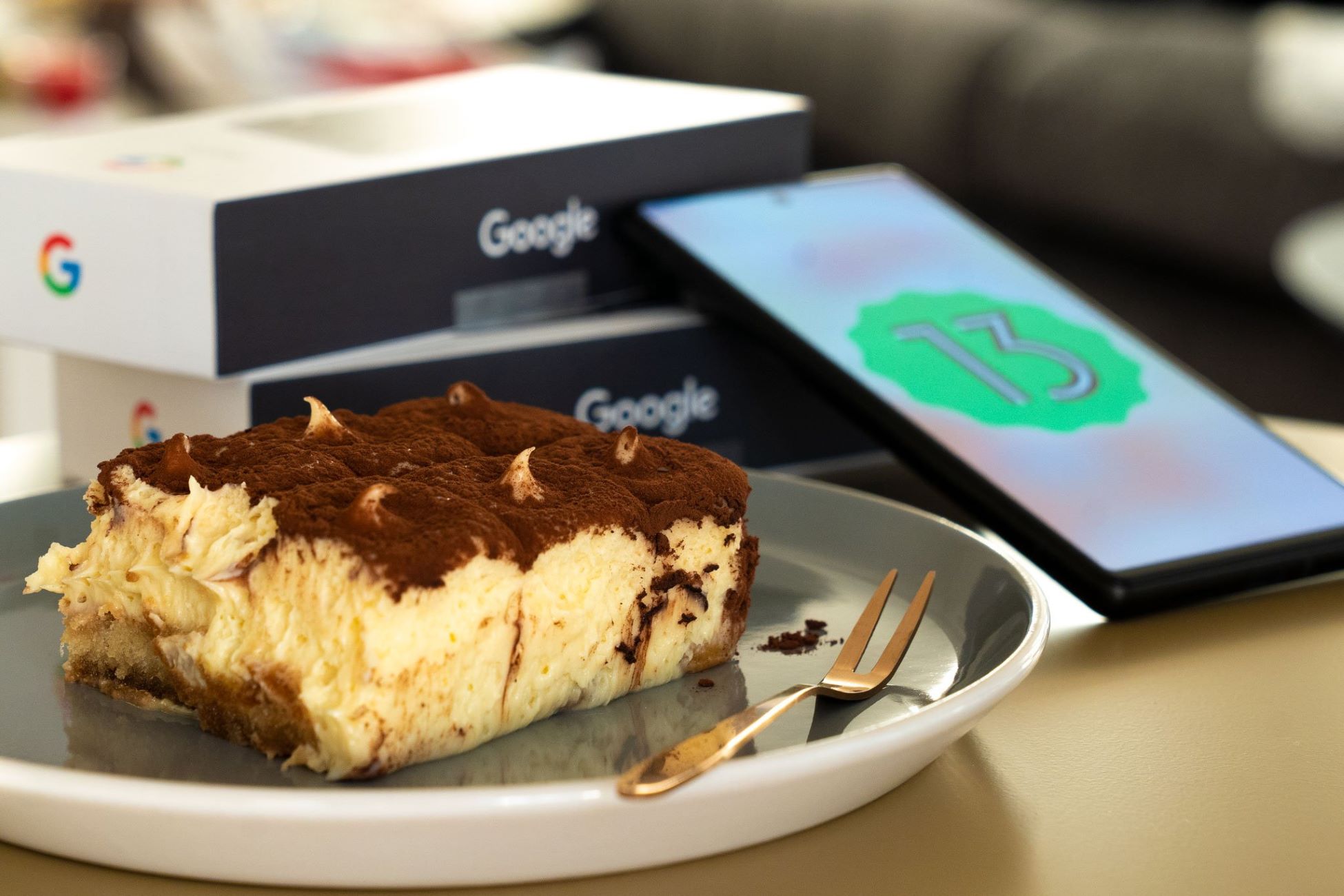
The History of Android's Dessert-Based Names
Android's dessert-based naming convention was a unique and engaging way to identify different versions of the operating system. Each version was given a name that reflected a popular dessert, often with a playful twist. Here is a detailed look at the dessert names used for each major version of Android:
Android 1.5 (Cupcake)
Released in April 2009, this was the first version to use a dessert name. "Cupcake" set the stage for future versions.
Android 1.6 (Donut)
Launched in September 2009, this version introduced several new features, including support for CDMA networks.
Android 2.0 (Eclair)
Released in October 2009, this version brought significant improvements to the user interface and performance.
Android 2.2 (Froyo)
Launched in May 2010, "Froyo" introduced support for Adobe Flash and improved performance.
Android 2.3 (Gingerbread)
Released in December 2010, this version included several new features such as improved performance and support for new hardware.
Android 3.0 (Honeycomb)
Launched in February 2011, this version was specifically designed for tablets and introduced a new user interface.
Android 4.0 (Ice Cream Sandwich)
Released in October 2011, this version unified the tablet and smartphone interfaces, creating a more consistent user experience.
Android 4.1 (Jelly Bean)
Launched in July 2012, this version introduced Project Butter, which aimed to improve the performance and smoothness of the operating system.
Android 4.4 (KitKat)
Released in October 2013, this version included several new features such as improved performance and support for new hardware.
Android 5.0 (Lollipop)
Launched in November 2014, this version introduced Material Design, a new visual language for Android, and improved security features.
Android 6.0 (Marshmallow)
Released in October 2015, this version included several new features such as improved battery life and enhanced security.
Android 7.0 (Nougat)
Launched in August 2016, this version introduced multi-window mode and improved performance.
Android 8.0 (Oreo)
Released in August 2017, this version included several new features such as improved performance and enhanced security.
Android 9 (Pie)
Launched in August 2018, this version introduced several new features such as improved battery life and enhanced AI capabilities.
Android 10 (Quince Tart)
Released in September 2019, this version marked a significant change in the naming convention as it was the first version to not use a dessert name publicly.
Android 11 (Red Velvet Cake)
Launched in September 2020, this version included several new features such as improved performance and enhanced security.
Android 12 (Snow Cone)
Released in October 2021, this version introduced several new features such as improved performance and enhanced security.
The Internal Codename for Android 13
Despite the public discontinuation of dessert names starting with Android 10, internal codenames have continued to reflect this tradition. For Android 13, the internal codename is "Tiramisu." This Italian dessert, made with coffee, ladyfingers, cocoa, and mascarpone cheese, has been a popular choice for its rich flavor and layered structure.
The use of "Tiramisu" as an internal codename for Android 13 was first spotted in the developer preview releases. The name appeared under "Android Version" in the "About phone" menu, confirming what many had long suspected about the dessert-based codename for this year's update.
What This Means for the Future of Android Updates
The continued use of internal dessert codenames for Android versions provides a unique insight into the development process. While the public naming convention has shifted to purely numerical designations, these internal codenames serve as a nostalgic reminder of the creative and playful approach Google once took to naming its operating system updates.
For Android 14, there have been hints at potential dessert codenames. One such name that has been mentioned is "Upside-down Cake," which suggests that Google may be reverting to its traditional naming scheme in some form. However, it is important to note that these internal codenames are not publicly announced and are primarily used for internal tracking purposes.
The naming conventions of Android have evolved significantly over the years. From the creative and playful dessert names to the current purely numerical designations, each version has its unique identity. The internal codename for Android 13, "Tiramisu," continues this tradition while providing a glimpse into the development process.
As we look forward to future updates, it is clear that while the public naming convention may have changed, the internal codenames will continue to reflect the creative and innovative spirit that has always defined Android. Whether or not Google will return to publicly using dessert names remains to be seen, but one thing is certain: the legacy of these names will always be remembered as a unique and engaging part of Android's history.
